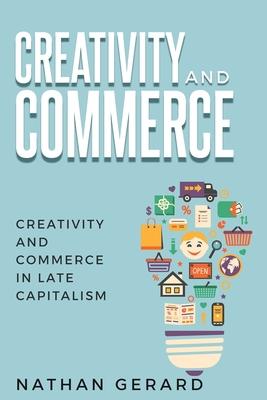"I keep doing it over and over again, and there’s no sort of creative point," says a young digital designer. "When I started, people warned me how shitty it was, and when new people start, I try to tell them too," explains a colleague in the field.
"I’ve got to quit my job. I’ve got nothing to go to, but I’ve got to quit my job because I’m creatively dying," adds another.
On the surface, members of the "creative class" rarely come across as disaffected or disassociated employees. Often lauded for their self-sufficiency, authenticity and unconventionality, creative workers are supposed to be fulfilled in their jobs and carry the promise of urban renewal and economic growth.
But recent studies suggest that even the "super-creative core" of the creative class-those working at the intersections of art, design and technology-can suffer an acute form of estrangement. Explores the experiences of creative workers in-depth to reveal an alarming trend. In a world where economic transactions disguise themselves as experiential transformations, and surplus value comes in the form of a Twitter tweet, members of the creative class are called upon to exert not just cognitive and emotional but existential labor. As a result, they often lose the ability to know just where work ends and where life begins, and struggle to separate "what I do" from "who I am." Alienation, once the result of a psychological distancing from












